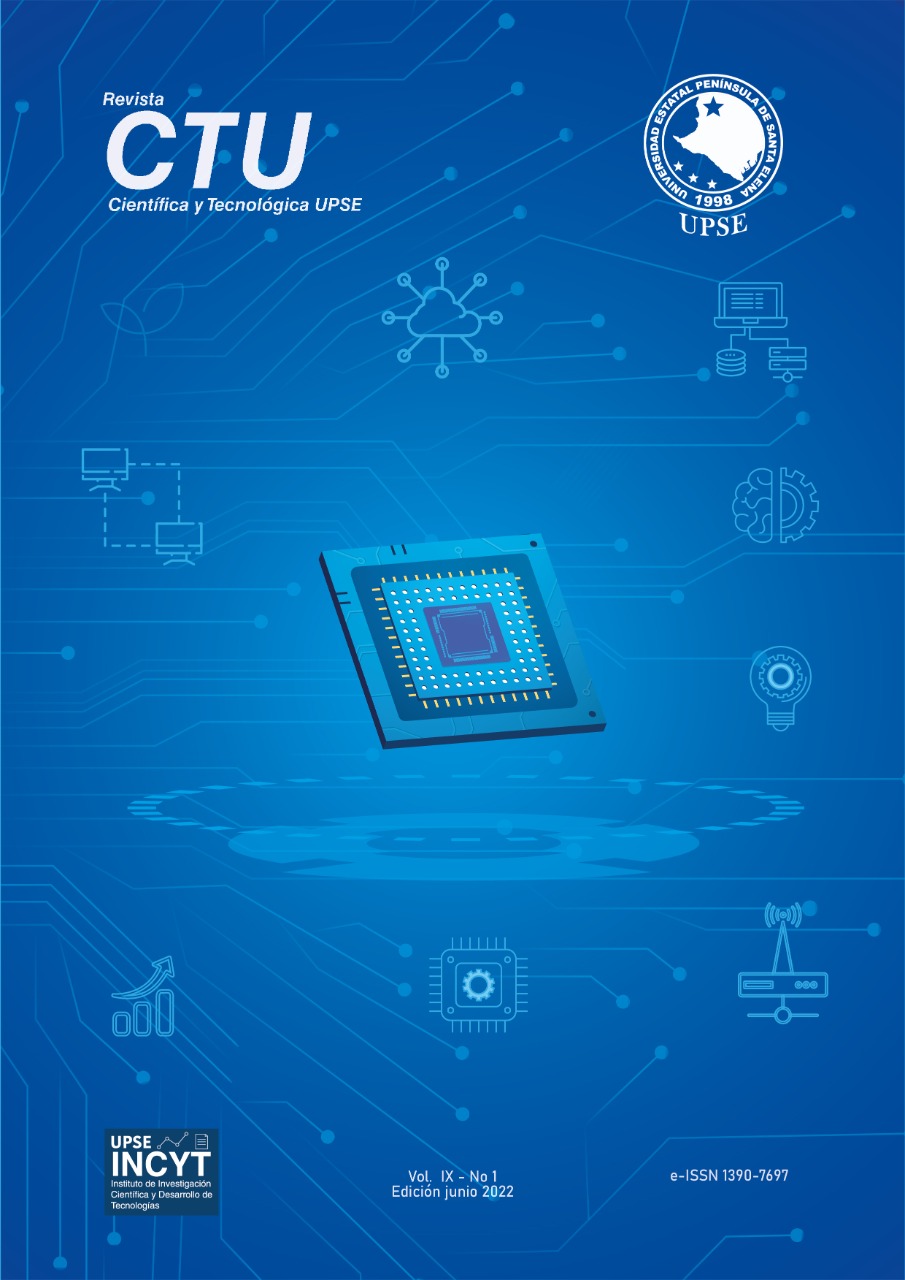Efecto de la densidad y tiempo de liberación de Trichogramma sp sobre Spodoptera frugiperda en el cultivo de maíz en la comuna San Marcos
DOI:
https://doi.org/10.26423/rctu.v9i1.645Palabras clave:
cogollero, control biológico, manejo integrado de plagas, parasitoideResumen
El uso de enemigos naturales para el control de insectos plaga como Spodoptera frugiperda en el cultivo de maíz constituye una alternativa viable que reduce considerablemente el impacto ambiental de la agricultura moderna, caracterizada por el uso de agrotóxicos. El objetivo del presente trabajo fue evaluar la eficiencia de Trichogramma sp en el control de Spodoptera frugiperda en el cultivo de maíz. El experimento se instaló en la comuna San Marcos, en el cultivo de maíz híbrido Hércules; se estableció un diseño experimental completamente al azar con arreglo bifactorial 2x3, donde un factor fue la densidad del parasitoide (100.000 ind∙ha−1(D1)) y 200.000 ind∙ha−1(D2)) y el segundo factor, tres tiempos de liberación (TL) 30, 45 y 60 días después de la germinación (DDG), con cuatro repeticiones. Los datos fueron analizados en el programa estadístico SISVAR, las medias comparadas utilizando el test de Tukey con un 95 % de confianza. Se evaluó incidencias (I), grado de afectación por cogollero (GAC) y masa de huevos parasitados (MHP). Los resultados demuestran que el tiempo de liberación afecta directamente a las variables I y GAC, mientras que la variable MHP se relaciona con el tiempo de liberación y la densidad. Entre las tres variables estudiadas sobresale la liberación temprana se intensifica a mayores densidades del parasitoide.
Descargas
Publicado
Número
Sección
Licencia
El titular de los derechos de autor de la obra, otorga derechos de uso a los lectores mediante la licencia Creative Commons Atribución-NoComercial-CompartirIgual 4.0 Internacional. Esto permite el acceso gratuito inmediato a la obra y permite a cualquier usuario leer, descargar, copiar, distribuir, imprimir, buscar o vincular a los textos completos de los artículos, rastrearlos para su indexación, pasarlos como datos al software o usarlos para cualquier otro propósito legal.
Cuando la obra es aprobada y aceptada para su publicación, los autores conservan los derechos de autor sin restricciones, cediendo únicamente los derechos de reproducción, distribución para su explotación en formato de papel, así como en cualquier otro soporte magnético, óptico y digital.












